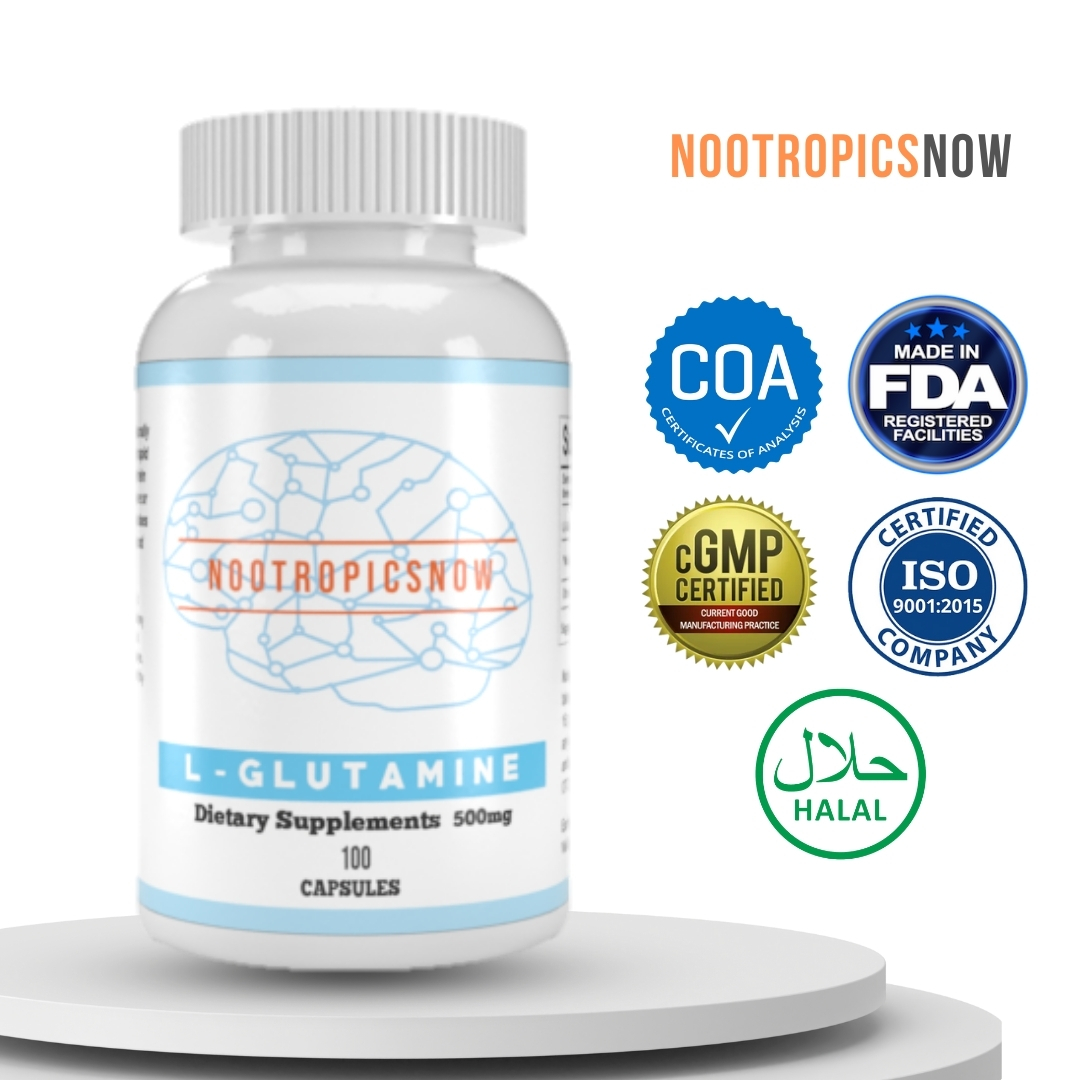Tianeptine 12.5: Uses, Dosage & Side Effects

Tianeptine 12.5: A Comprehensive Overview

Tianeptine, often discussed online and sometimes available through alternative channels, warrants careful examination. It is crucial to separate the marketing hype from the clinical reality. This article dives into a detailed exploration of tianeptine 12.5, covering its mechanisms, uses, risks, and alternative options. Keep in mind that this information is for educational purposes and does not constitute medical advice.
What is Tianeptine?
Tianeptine is a synthetic tricyclic antidepressant that is primarily prescribed for the treatment of major depressive disorder. Unlike many conventional antidepressants, it doesn’t primarily act on serotonin levels. Instead, tianeptine is thought to modulate glutamate activity, and it also acts as a µ-opioid receptor agonist. This unique combination has drawn both attention and concern within the medical community. Due to concerns about its potential for misuse and addiction, tianeptine is not approved by the FDA in the United States. Thus, finding and legally obtaining it can be challenging.
Tianeptine 12.5: Dosage and Forms
The “12.5” in “tianeptine 12.5” refers to the dosage amount – specifically, 12.5 milligrams. This lower dose is often perceived as safer than higher doses, but it is essential to remember that even at this level, risks exist. Tianeptine is available in tablet form, most commonly as a sodium salt (tianeptine sodium) or a sulfate salt (tianeptine sulfate). These salts differ in their absorption rates and half-lives, influencing how quickly the drug takes effect and how long it remains active in the body. Tianeptine sodium, with its shorter half-life, requires more frequent dosing, while tianeptine sulfate offers a more extended release profile.
How Tianeptine Works: A Look at the Mechanisms
Understanding how tianeptine operates is key to assessing its potential benefits and risks. It is believed to work through the following mechanisms:
Uses of Tianeptine 12.5
Tianeptine is primarily used for the treatment of:
It’s important to reiterate that the use of tianeptine for any of these purposes outside of prescribed use, or in countries where it’s unapproved, is strongly discouraged.
Potential Benefits of Tianeptine
While tianeptine carries significant risks, some potential benefits have been reported in clinical studies and anecdotal reports:
Risks and Side Effects of Tianeptine 12.5
Despite potential benefits, tianeptine poses several serious risks and side effects:
Tianeptine vs. Traditional Antidepressants
The mechanism by which Tianeptine 12.5 impacts the brain differs from traditional SSRIs. While many conventional antidepressants primarily target serotonin levels, Tianeptine focuses on modulating glutamate activity. It also activates mu-opioid receptors, setting it apart from typical depression treatments. This distinction influences its potential benefits and risks compared to commonly prescribed SSRIs.
Legality and Availability
The legal status of tianeptine varies widely. In the United States, it is not approved by the FDA and is often sold as a research chemical or dietary supplement. Its availability is, therefore, inconsistent and unregulated, increasing the risk of obtaining impure or counterfeit products. Several states have banned or restricted its sale due to concerns about misuse. In countries where it is approved, tianeptine is only available with a prescription from a licensed healthcare provider.
Why the Concerns Over Tianeptine?
The primary concern with tianeptine stems from its opioid-like effects and the high potential for abuse. Individuals may start using it to self-treat depression or anxiety, but quickly develop tolerance, leading to escalating doses and dependence. The availability of tianeptine through unregulated channels exacerbates this problem, as users may not be aware of the risks or receive proper medical guidance. Furthermore, combining tianeptine with other substances can have dangerous and potentially fatal consequences. The opioid-like effects of high-dose Tianeptine use present a risk of overdose that necessitates immediate medical intervention.
What the Research Says
While some clinical trials have demonstrated the efficacy of tianeptine in treating depression and anxiety, the overall body of evidence is limited. Many studies are relatively small and have methodological limitations. Furthermore, the long-term safety and efficacy of tianeptine remain unclear. Given the risks associated with its use, the benefits must be carefully weighed against the potential harms.
Is Tianeptine Right for You?
Tianeptine is not a first-line treatment for depression or anxiety due to its addictive potential and other serious risks. If you are struggling with these conditions, it is essential to consult with a qualified healthcare provider to explore safer and more effective treatment options. These may include:
Safer Alternatives to Tianeptine
Several safer alternatives to tianeptine exist for managing depression and anxiety, including FDA-approved medications and non-pharmacological interventions:
| Alternative | Description | Benefits | Risks |
|---|---|---|---|
| — | — | — | — |
| SSRIs (e.g., Sertraline, Fluoxetine) | Antidepressant medications that increase serotonin levels in the brain. | Effective for treating depression and anxiety disorders. | Possible side effects include nausea, sexual dysfunction, and weight gain. |
| SNRIs (e.g., Venlafaxine, Duloxetine) | Antidepressant medications that increase serotonin and norepinephrine levels in the brain. | Effective for treating depression and anxiety disorders, particularly those with chronic pain. | Possible side effects include nausea, dizziness, and increased blood pressure. |
| Cognitive Behavioral Therapy (CBT) | A type of psychotherapy that helps individuals identify and change negative thought patterns and behaviors. | Effective for treating depression and anxiety disorders without medication. | Requires time and effort to learn and practice the techniques. |
| Mindfulness Meditation | A practice that involves focusing on the present moment without judgment. | Can reduce stress, anxiety, and depression symptoms. | Requires consistent practice to achieve noticeable benefits. |
| Regular Exercise | Physical activity that can improve mood and reduce anxiety symptoms. | Accessible and has numerous physical health benefits. | Requires motivation and effort to maintain a regular exercise routine. |
| Healthy Diet | Eating a balanced diet rich in fruits, vegetables, and whole grains can improve mood and overall well-being. | Promotes physical and mental health. | Requires planning and effort to maintain a healthy eating pattern. |
| Sufficient Sleep | Getting enough sleep is essential for mood regulation and cognitive function. | Improves mood, reduces stress, and enhances cognitive performance. | Requires establishing a consistent sleep schedule and creating a relaxing bedtime routine. |
| St. John’s Wort | A herbal supplement that may help improve mood in some individuals with mild to moderate depression. | Readily available and may have fewer side effects than some antidepressants. | Can interact with certain medications and may not be effective for everyone. |
| Omega-3 Fatty Acids | Found in fatty fish and flaxseed, omega-3 fatty acids may help improve mood and reduce depression symptoms. | Generally safe and has numerous health benefits. | May cause mild gastrointestinal side effects in some individuals. |
| SAMe (S-Adenosylmethionine) | A naturally occurring compound in the body that may help improve mood in some individuals with depression. | May be effective for some individuals with depression. | Can cause gastrointestinal side effects and may interact with certain medications. |
Remember to always consult with your doctor before trying any alternative treatments.
For those exploring natural supplements like St. John’s Wort as an alternative, it’s essential to source high-quality products.

View Product

View Product
It’s also crucial to ensure adequate nutrient intake for overall mental well-being, and supplements like L-Glutamine might be considered.

View Product
View Product-Brain-Boost-Amino-Acid-Mood-Stress-Cognitive-Supplement-i.202321183.9309302097)
Tianeptine Overdose: What to Do
Recognizing the signs of a tianeptine overdose and acting quickly can be lifesaving. Overdose symptoms may include:
If you suspect a tianeptine overdose, seek immediate medical attention. Call emergency services (911 in the US) or go to the nearest emergency room. Providing medical professionals with information about the substance taken and the amount can help them administer appropriate treatment.
A Final Word of Caution
Tianeptine is a complex drug with potential benefits but also significant risks. Due to its addictive potential and unregulated status in many areas, it should be approached with extreme caution. Self-treating with tianeptine is never advisable. If you are struggling with depression or anxiety, seek professional medical help to explore safer and more effective treatment options. Your mental health is worth prioritizing, and there are many resources available to support your well-being.
Tianeptine 12.5: A Deep Dive into Dosage, Benefits, and Risks
Tianeptine, often available in 12.5mg capsules or tablets, represents a unique antidepressant with properties that diverge from traditional SSRIs or SNRIs. Understanding its proper use, potential benefits, and associated risks is crucial before considering it as a treatment option. Tianeptine 12.5, therefore, warrants a comprehensive exploration of its various aspects.
What is Tianeptine and How Does It Work?
Tianeptine is a tricyclic antidepressant, but paradoxically, it enhances serotonin reuptake, contrary to the mechanism of most other antidepressants. Developed and used primarily in Europe, Latin America, and Asia, it differs significantly from selective serotonin reuptake inhibitors (SSRIs) and serotonin-norepinephrine reuptake inhibitors (SNRIs). Consequently, it’s categorized as an atypical antidepressant. This drug modulates glutamate activity and also interacts with opioid receptors.
Furthermore, tianeptine is believed to protect neurons against the harmful effects of stress hormones. This neuroprotective feature might contribute to its antidepressant and anxiolytic effects. The precise mechanism is still being studied, even though its effects have been observed in clinical settings for many years.
The Significance of the 12.5mg Dosage
The 12.5mg dosage is the standard individual dose for tianeptine. It’s typically prescribed to be taken three times daily, totaling 37.5mg per day. This careful titration helps minimize side effects and allows healthcare providers to assess patient response. Consequently, the 12.5mg increment serves as a fundamental building block for tianeptine therapy.
Moreover, this dosage is often adjusted based on factors such as age, kidney function, and individual response to the medication. Starting with a lower dose minimizes the potential for adverse effects, especially in sensitive individuals. Therefore, adherence to prescribed dosages is crucial for both efficacy and safety.
Benefits of Tianeptine 12.5mg
Tianeptine offers several potential benefits, primarily related to mood and anxiety. These include:

View Product

View Product

View Product
Potential Side Effects of Tianeptine
Like all medications, tianeptine can cause side effects. These can range from mild to severe and may vary depending on the individual. Common side effects include:
Tianeptine vs. Other Antidepressants
Tianeptine’s mechanism of action sets it apart from traditional antidepressants. While SSRIs and SNRIs primarily target serotonin and norepinephrine reuptake, tianeptine enhances serotonin reuptake and modulates glutamate activity. Consequently, it offers a different approach to treating depression.
Moreover, some individuals who don’t respond well to SSRIs or SNRIs may find tianeptine effective. It may provide a valuable alternative for those seeking a different treatment option. However, individual responses to medications can vary significantly.
Furthermore, tianeptine’s effects on the glutamatergic system and opioid receptors may contribute to its unique clinical profile. It’s important to consider these differences when choosing an antidepressant. Therefore, a thorough discussion with a healthcare provider is essential to determine the best treatment approach.
Tianeptine’s Role in Nootropic Usage
Beyond its antidepressant use, tianeptine has gained attention as a nootropic agent. Nootropics are substances that enhance cognitive function, memory, and focus. Some individuals use tianeptine off-label for these purposes.
However, it’s crucial to recognize that using tianeptine as a nootropic carries risks. The potential for dependence, misuse, and adverse effects is higher when used outside of prescribed medical indications. Furthermore, the long-term effects of tianeptine use for cognitive enhancement are not well-studied.
Therefore, considering tianeptine as a nootropic should be approached with caution. Thorough research, a clear understanding of the risks, and ideally, guidance from a healthcare provider are essential. Consequently, safer and more well-established nootropic options may be preferable for most individuals.
Dangers of Tianeptine Abuse and Dependence
Tianeptine has a significant potential for abuse and dependence, particularly at high doses. This risk has led to restrictions and regulatory actions in some countries. The euphoric effects, primarily due to its opioid receptor activity, can drive misuse.
Dependence can develop rapidly, leading to withdrawal symptoms upon cessation. These symptoms can be severe, including anxiety, depression, and physical discomfort. Overcoming tianeptine dependence often requires medical detoxification and supportive care.
Moreover, tianeptine abuse can lead to serious health consequences, including respiratory depression, seizures, and cardiovascular complications. Therefore, it’s crucial to be aware of these risks and to use tianeptine responsibly and under medical supervision. Consequently, individuals with a history of substance abuse may be at higher risk for tianeptine dependence.
Tianeptine Withdrawal
Tianeptine withdrawal can be challenging and uncomfortable, necessitating a structured tapering plan. Symptoms can range from mild to severe, impacting both physical and psychological well-being. The withdrawal process typically involves:
Legal Status and Availability in the Philippines
Tianeptine’s legal status varies by country. It is approved for prescription use in some regions but not in others, including the United States, where it is only available as a supplement. The regulatory landscape significantly affects its availability and distribution.
In the Philippines, the legal status and availability of tianeptine should be carefully verified. It’s essential to consult with local healthcare providers and regulatory agencies to understand the current laws and regulations. Purchasing tianeptine from unregulated sources carries risks, including product quality and safety concerns.
Tianeptine: Dosage Considerations for Specific Populations
Adjustments in tianeptine dosage are often necessary for specific populations, including the elderly, individuals with renal impairment, and those with hepatic dysfunction. These adjustments are crucial for optimizing safety and efficacy.
Alternatives to Tianeptine
If tianeptine is not suitable or available, several alternatives can be considered for treating depression and anxiety. These include:
Final Thoughts on Tianeptine 12.5
Tianeptine 12.5mg presents a unique pharmacological profile with potential benefits for treating depression and anxiety. However, it’s essential to carefully weigh the benefits against the risks, including the potential for dependence and abuse. Responsible use under medical supervision is paramount. Therefore, engaging in open and informed discussions with healthcare providers is crucial for making the best treatment decisions. Consequently, exploring all available options and tailoring treatment plans to individual needs ensures the most effective and safe outcomes.

